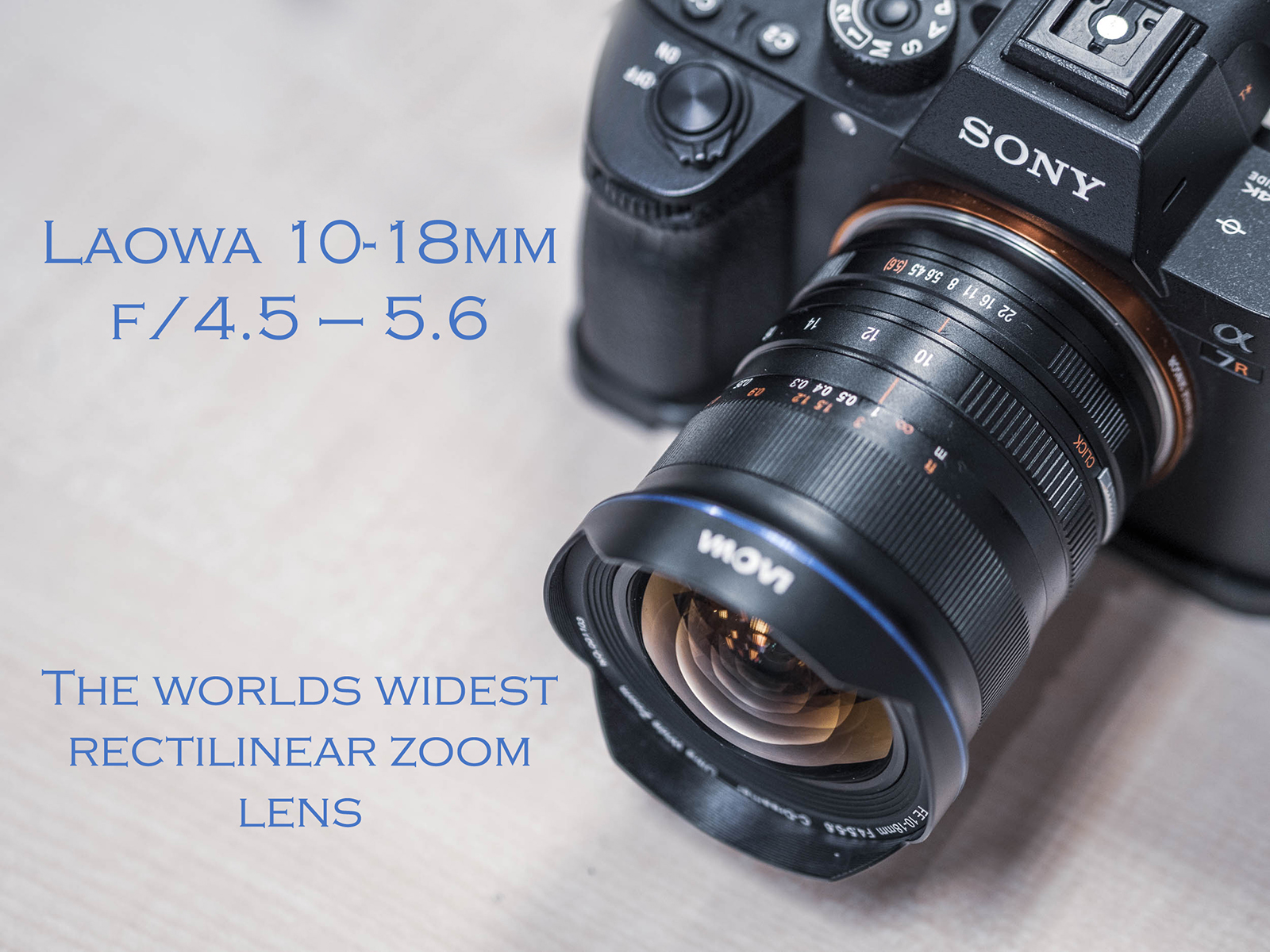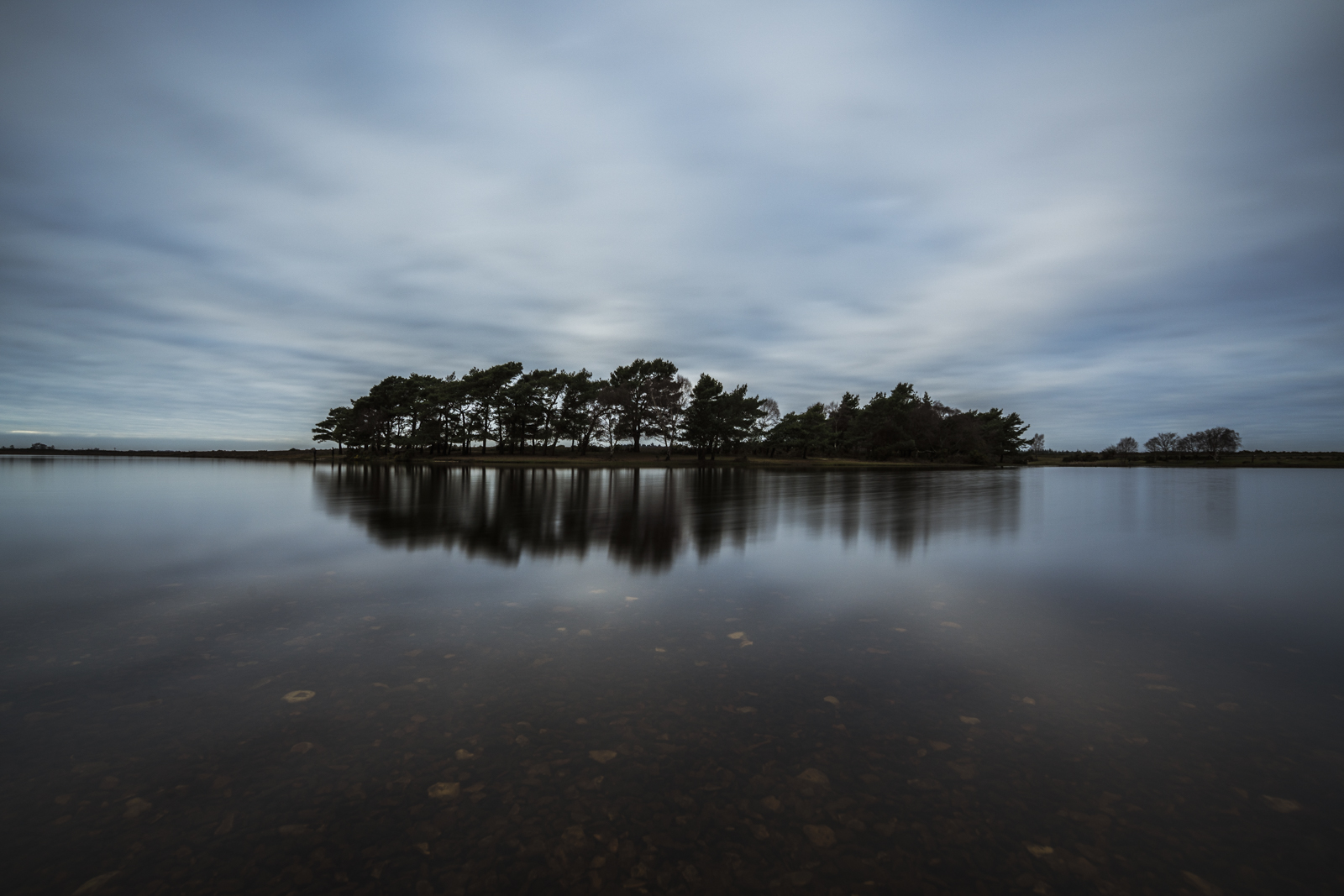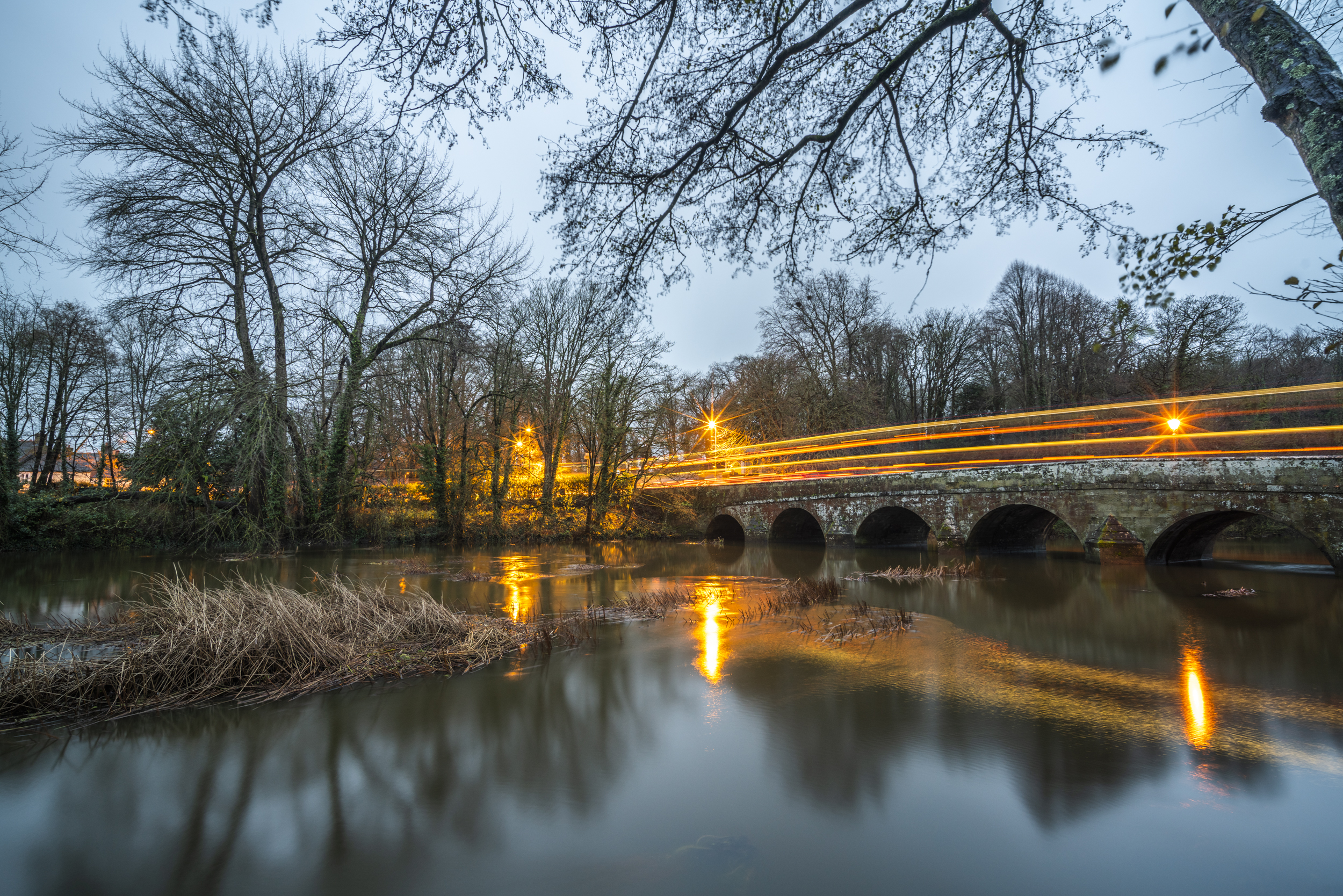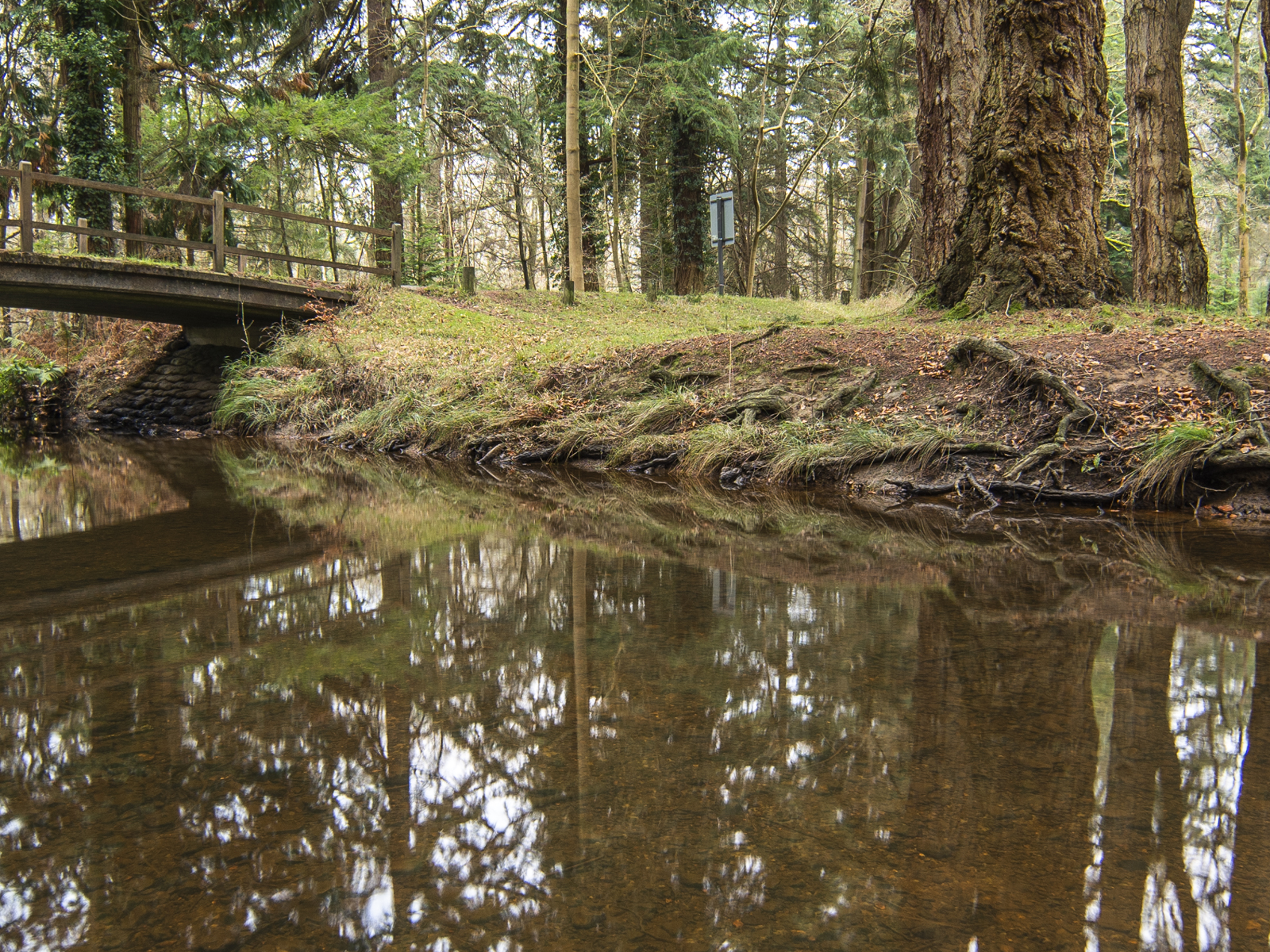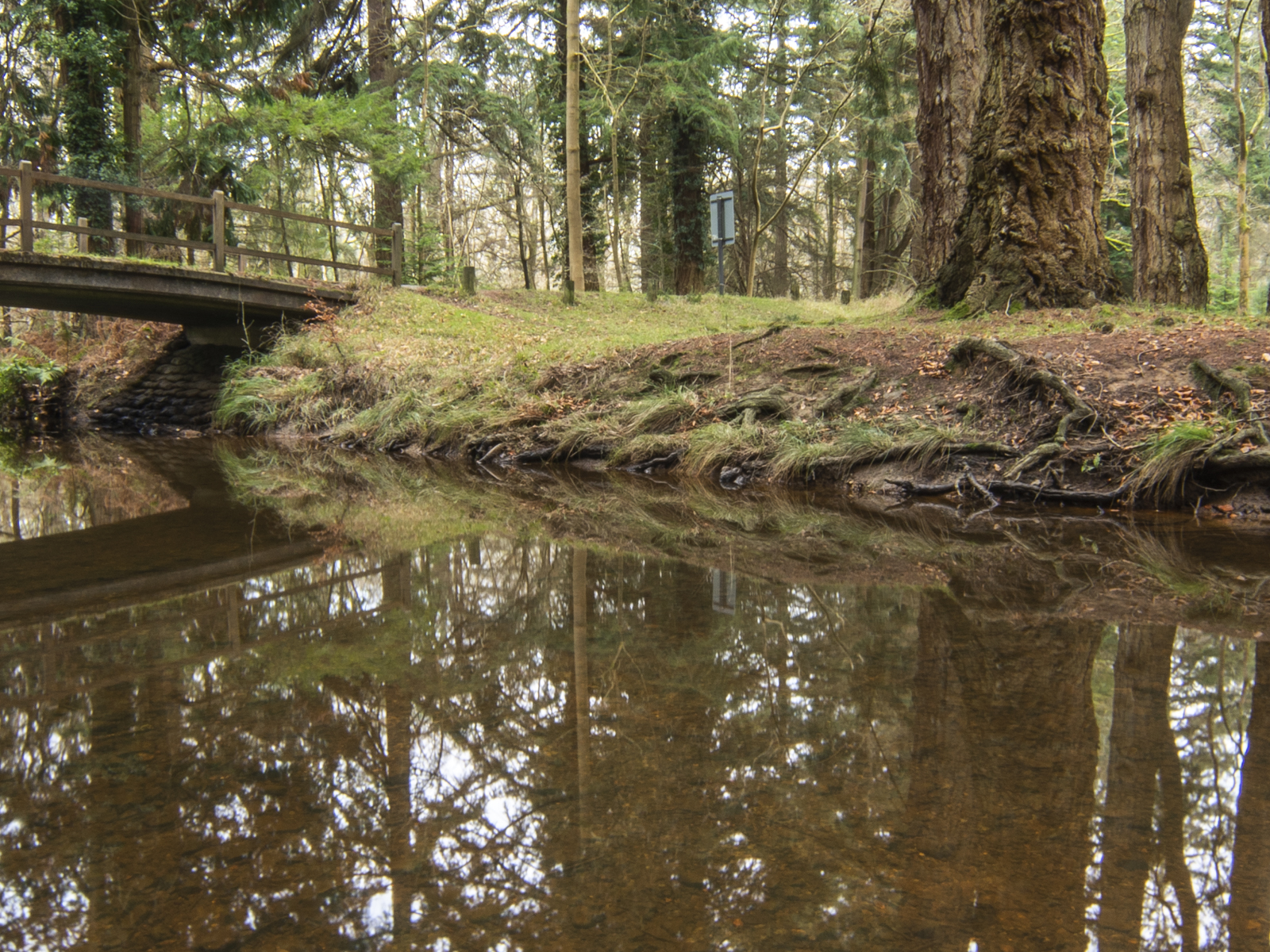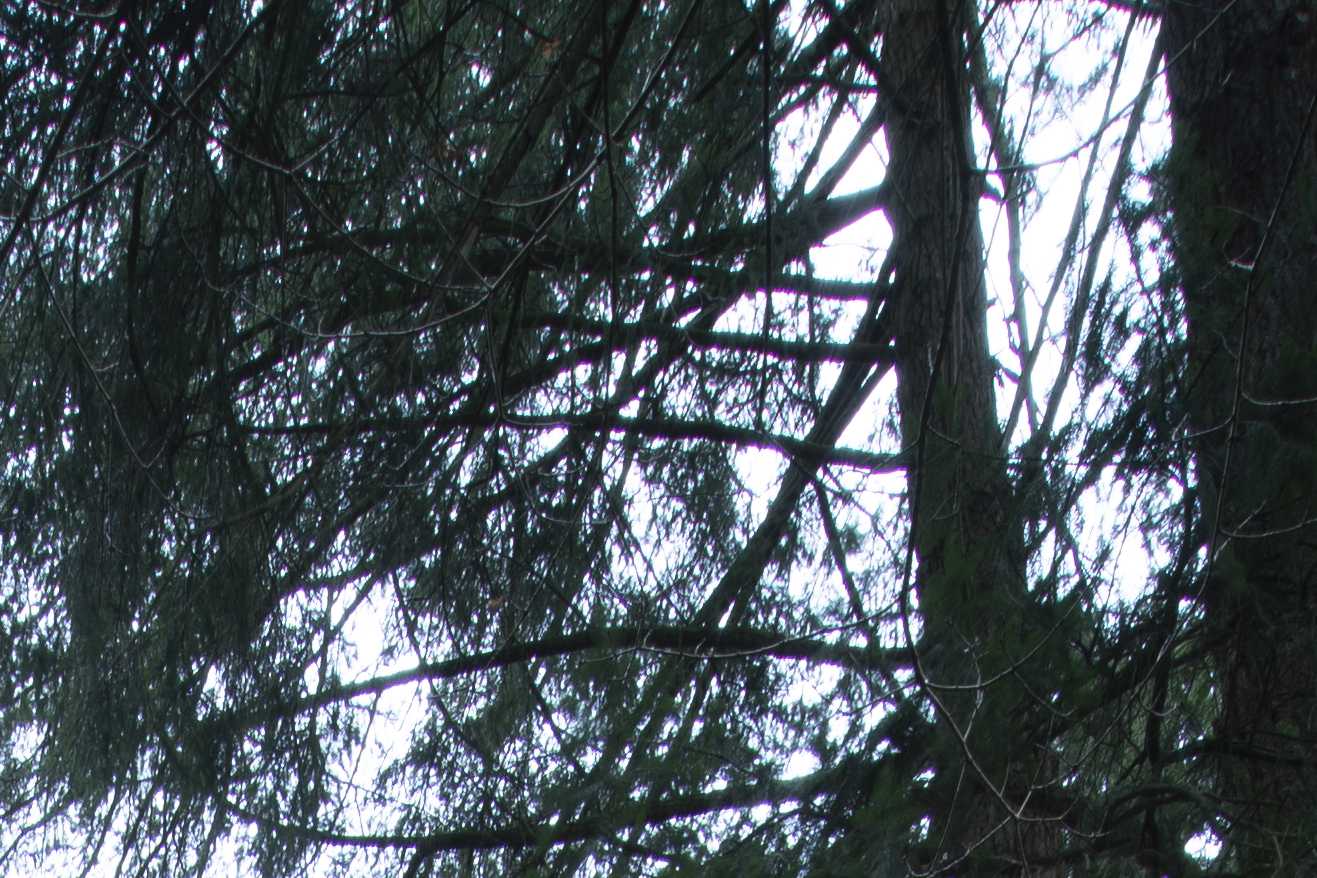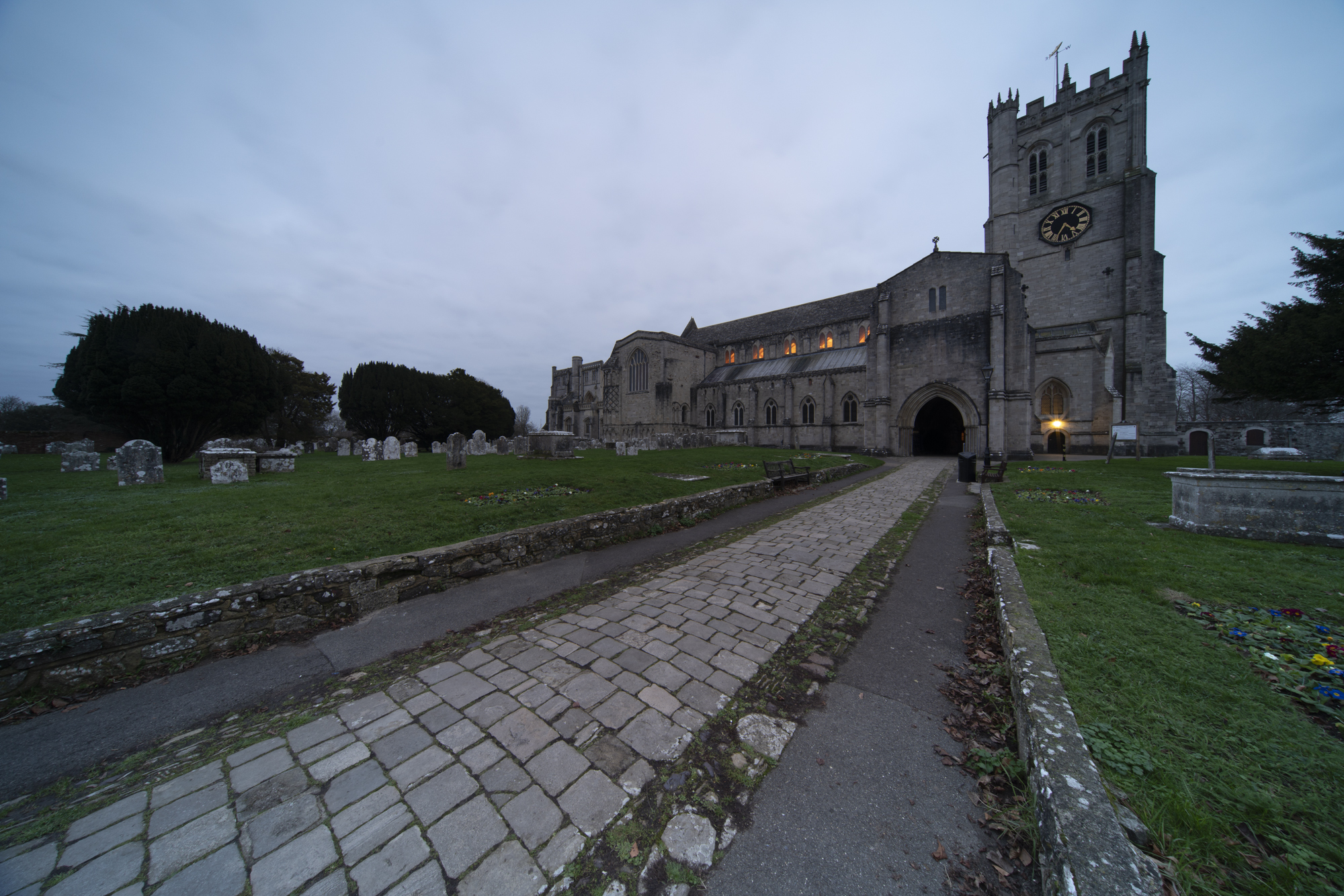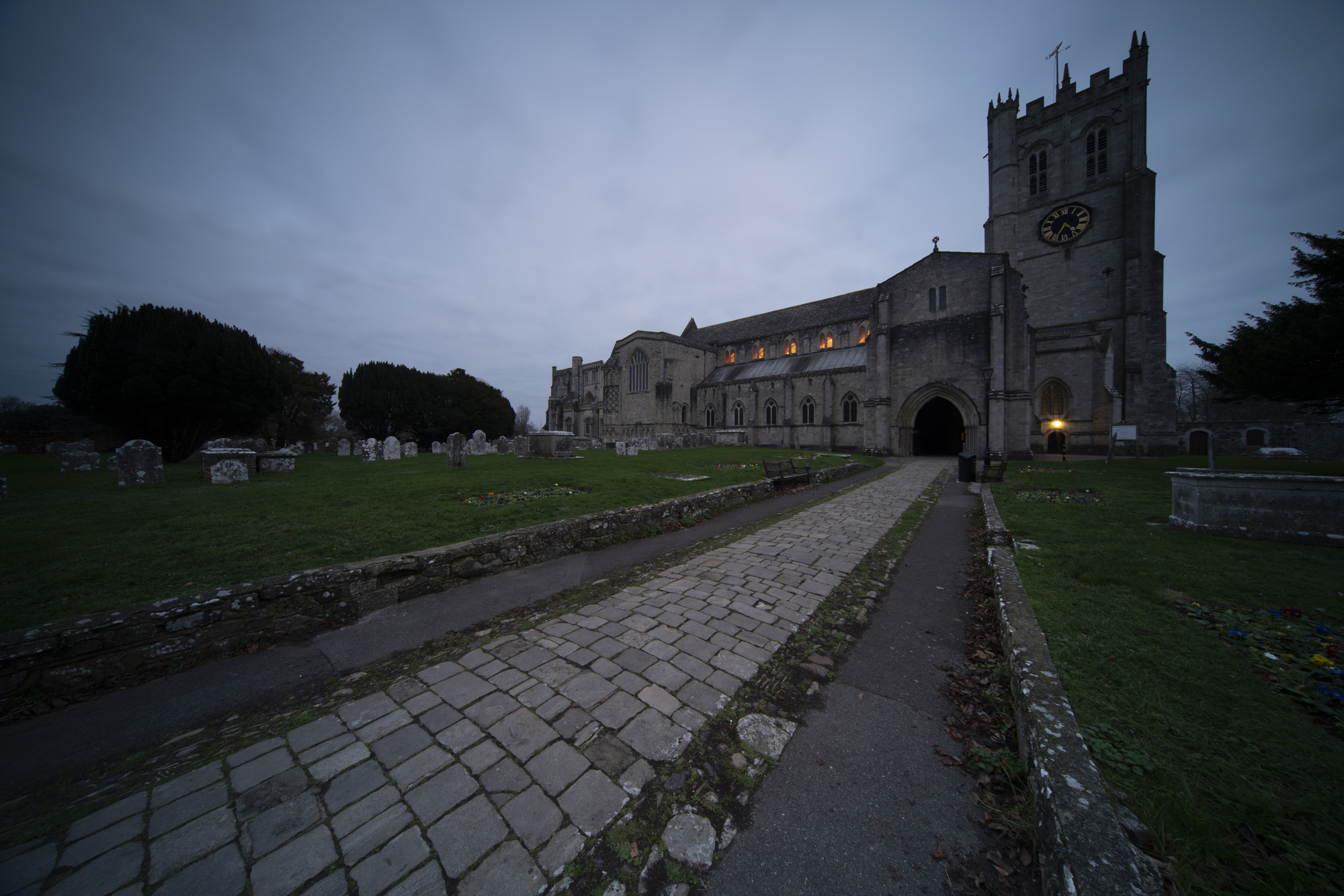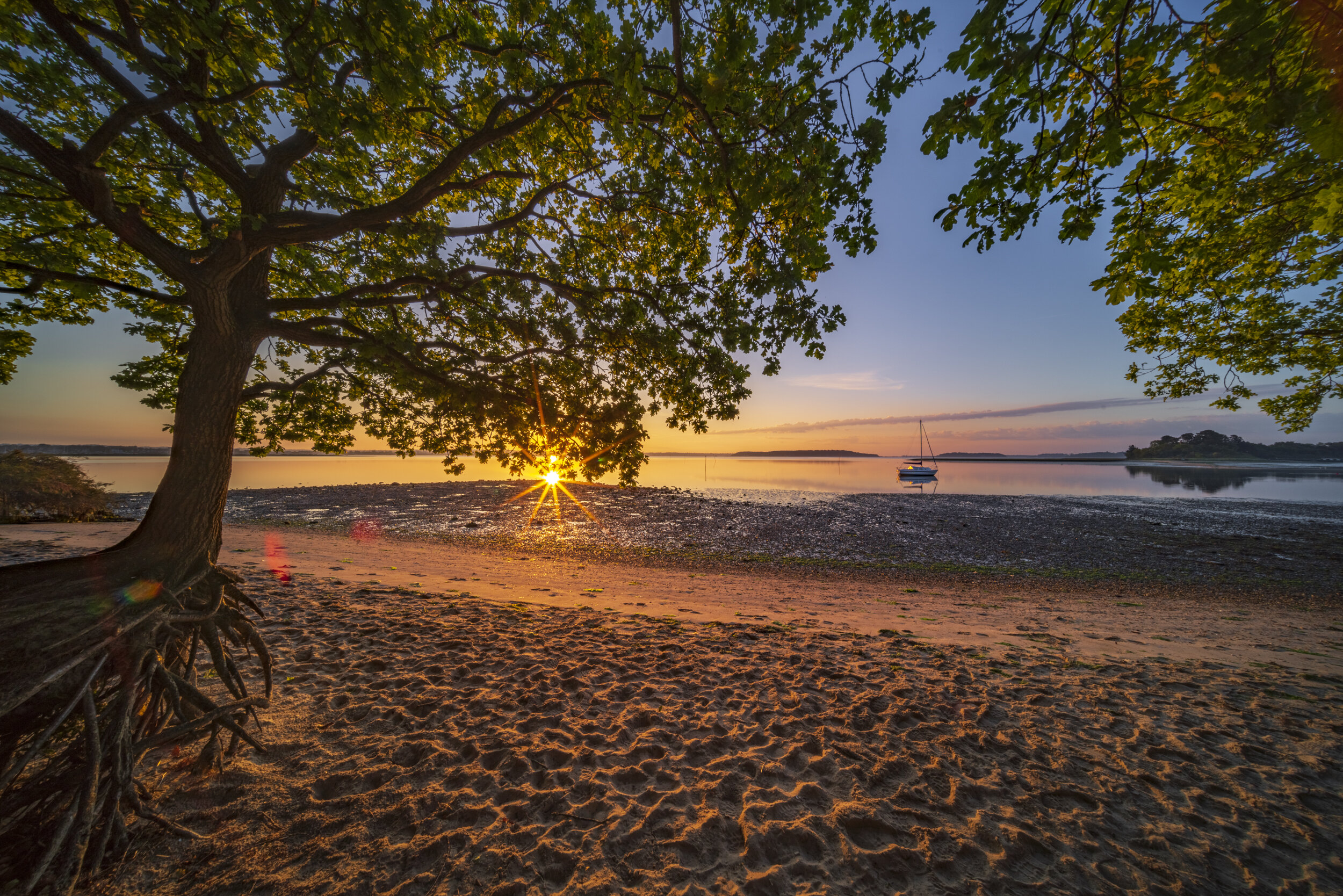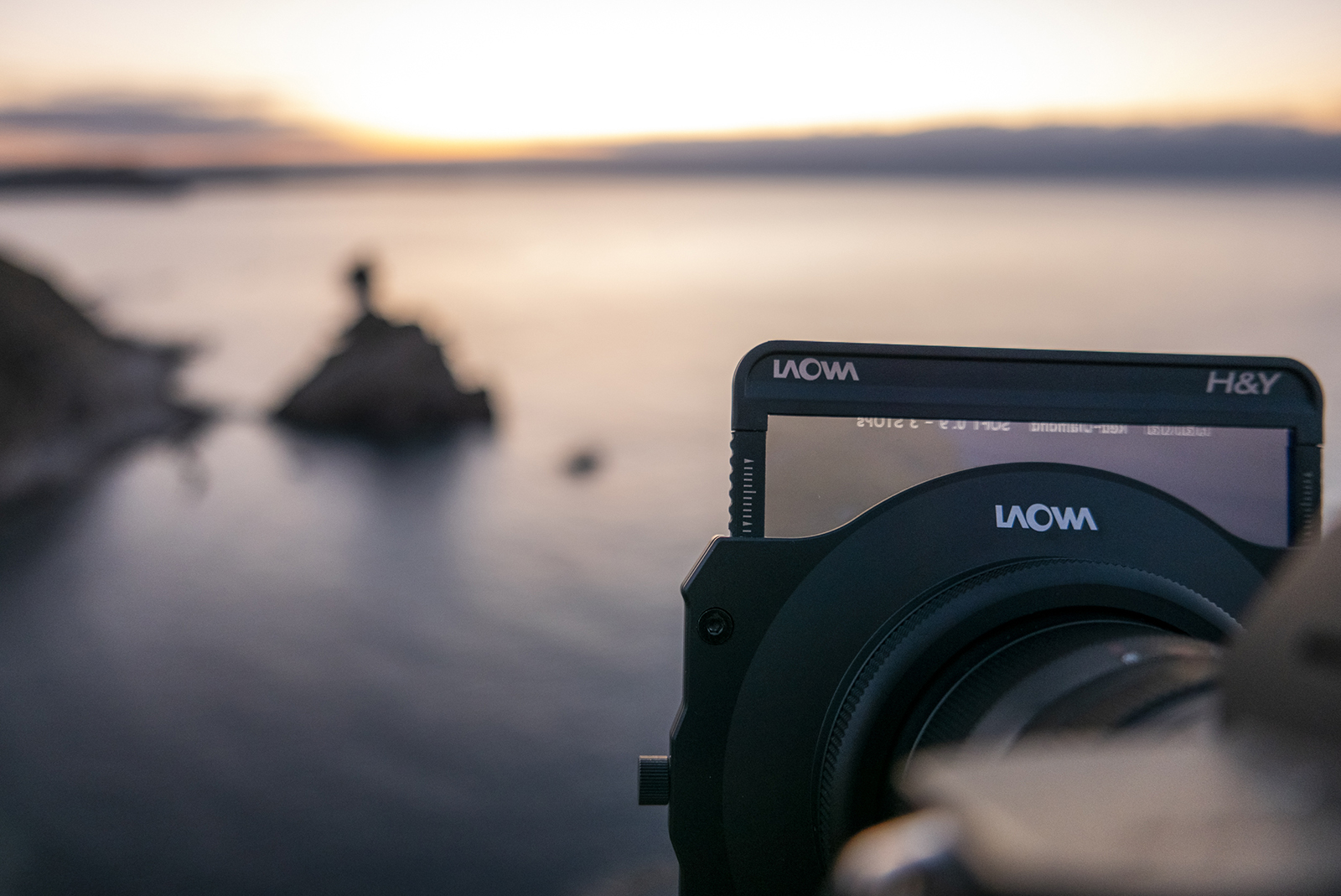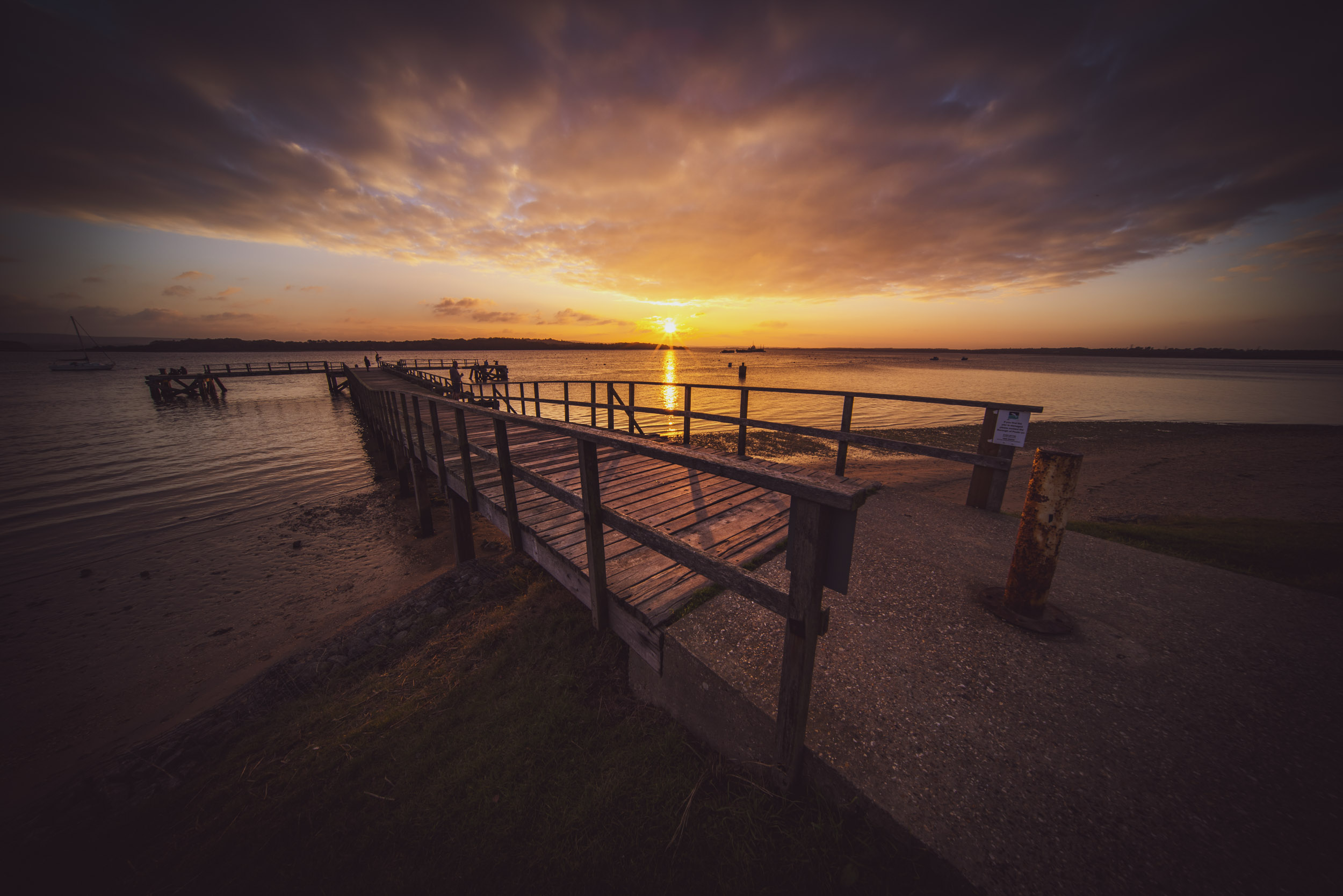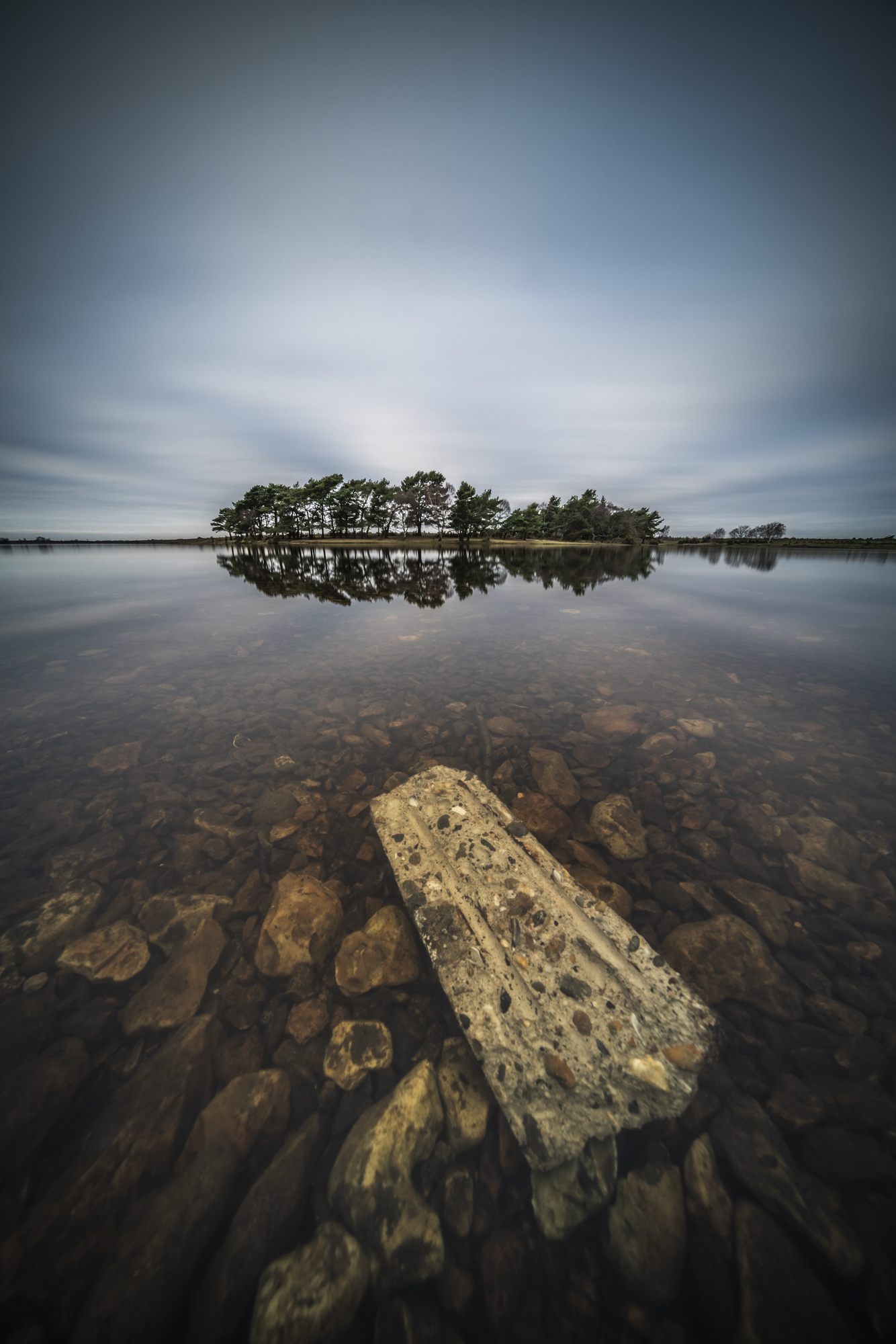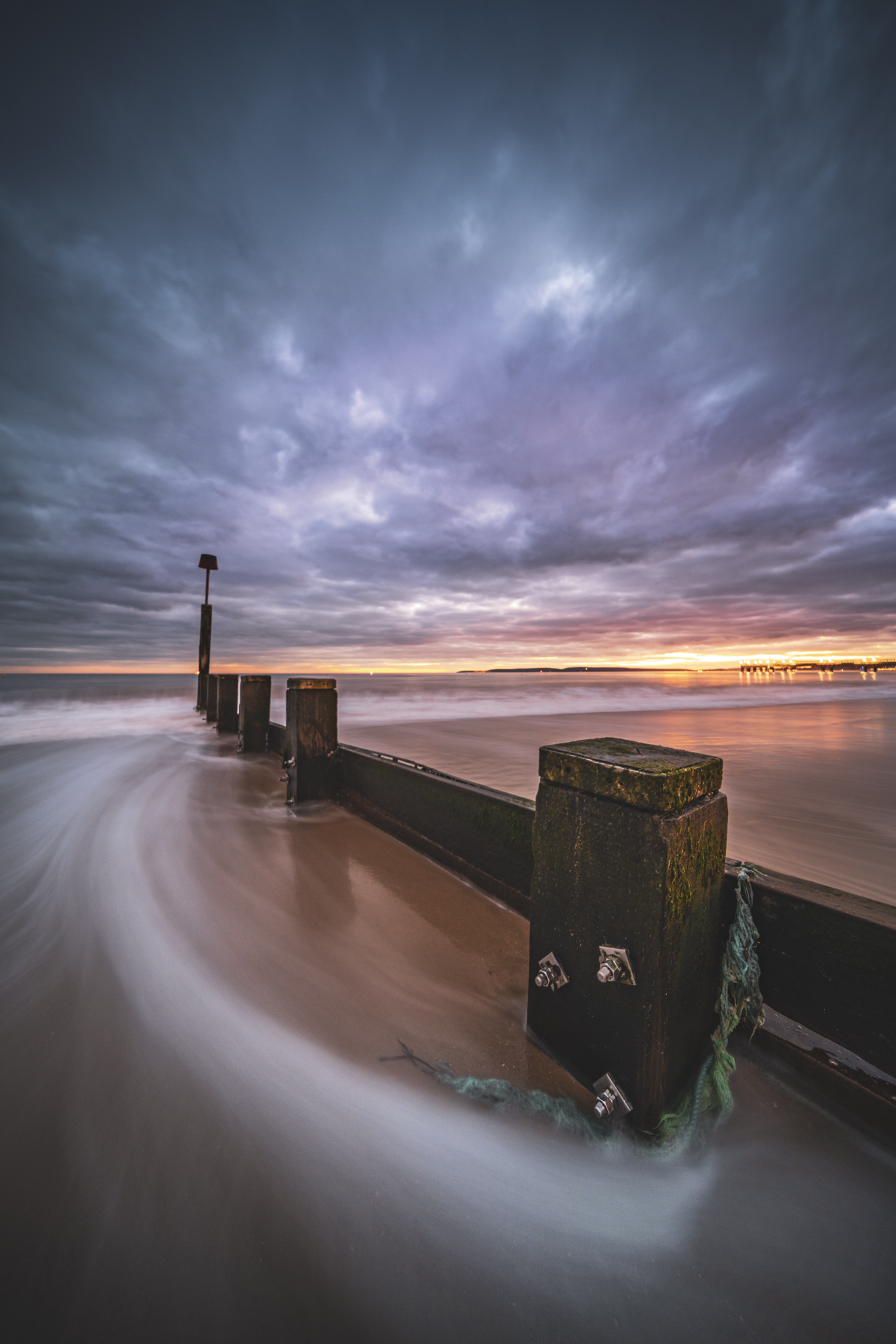Laowa 10-18mm 'C-Dreamer' f/4.5-5.6 Review - The Worlds Widest Zoooooooom!
Introduction
Back in 2015, Canon took the title for the worlds widest zoom lens, with the release of their huge, but stunning 11-24mm f/4 L. Sigma have also had a share in this segment for quite some time with several versions of their 12-24mm lens. Turns out that Venus Optics Laowa want to get in on some of this extreme wide-angle action! There had been rumors around the beginning of 2018 that Laowa were going to bring out some new glass and so, at Photokina 2018, all was revealed! Canon’s title was no more because Laowa have swiped it from them. Everyone, this is the worlds widest zoom lens – the 10-18mm f/4.5-5.6 ‘C-Dreamer’.
Durdle Door - 10mm f/16 - 10 seconds - iso 100
Laowa are no strangers when it comes to creating unique wide-angled lenses. The 15mm f/4 is a truly stunning bit of kit – 1:1 true macro magnification with a full frame 15mm field of view! A full frame 12mm f/2.8 with near zero distortion. A compact, 15mm f/2 for mirrorless full frame cameras….you get the point.
For a while, Voigtlander’s 10mm f/5.6 held the title for the widest full frame rectilinear lens and there are currently no other lenses to offer this astonishingly wide angle of view. Until now.
‘C-Dreamer’ is part of their new compact range of lenses, a bit like what Sigma have done with their Sports, Art and Contemporary. I’ll say this now, the optics have not been designed to be the sharpest you can get, the plan was to create a small, lightweight and compact lens, perfect for travelling with – and yes, it excels in this department. Only full frame mirrorless cameras, such as Sony E mount cameras (A7/A9) can relish in this wide-angle glory, but future mounts for the new Canon EOS R and Nikon Z cameras will be available in the near future.
· Maximum aperture of f/4.5 at 10mm and f/5.6 at 18mm
· Minimum aperture of f/22
· FOV – 102 – 130 degrees
· 14 elements in 10 groups
· 5 straight aperture blades
· Minimum focus distance of 15cm
· 0.25x maximum magnification
· 37mm rear filter thread
· 496g
How is the build?
Fantastic. Build quality of all the lenses in Laowa’s range have been excellent, no complaints here. The all metal construction feels solid and great to hold. The focus ring is smooth with a large grip to hold on to. Both aperture and zoom rings are roughly equal in width, both of which turn nice and smoothly. If you prefer a traditional clicky aperture ring, then great! You’ll love this one. But, if you’re a videographer or just prefer a smooth aperture ring, then great! You’ll love this one! You can choose which one you want with a little button on the side of the lens. Like all other ultra-wides, the lens features a bulbous front element, with a non-removable metal hood.
Zooooooooom!
An 18mm lens on a full frame camera is very wide, but until you zoom out to 10mm, you start to realise, it’s not really that wide anymore! Below is an example of just how much more you can fit into the frame, starting from 10mm finishing at 18mm.
10mm
12mm
14mm
18mm
Is it sharp?
Yes. It’s sharp, however, it isn’t going to blow you away and it’s not thier best in this regard which Laowa have stated so if you’re after excellent sharpness throughout, take a look at their 12 and 15mm lenses. From what I’ve found personally though, it’s very good, but then again, I have been using it paired with my high resolution monster; the Sony A7r3. Overall, the image quality does look promising. Pixel peepers will uncover a few flaws, however. Centre sharpness is pretty good wide open, improving when stopped down to f/8 – f/11. The far edges of the frame are never as sharp as the centre and do suffer from softness but they do improve slightly when shooting at smaller apertures. All in all, it’s good enough and i’ve happily printed an image sized 30x20 inches.
Chromatic aberrations & Vignette
Whilst the optical formula has been designed to minimize the effects of fringing, it is not completely absent. Because it isn’t a heavy amount, it is really simple to remove in post. So no need to worry about that. Notice on the full image the corners have a blue colour cast, I’ve noticed that sometimes it can be a little bit green too. Not too sure why it happens, but it’s something that can be easily fixed in post.
Vignetting is pretty strong at all apertures when shooting wide at 10mm, but once zoomed in, it isn’t as bad. I personally don’t mind it as i find it adds character to the images. If you don’t like it though, again, this is an easy fix in post.
Flare
When pointed at bright light sources, a rather large red pentagon with slight crescent appears. Unfortunately at 10mm, it is quite hard to keep it at bay, especially during sunrise/sunset shoots. Zooming in towards 18mm can sometimes help, as can composing the shot differently.
Distortion
Distortion is noticeable, but it’s not in any way bad. This is something most people will be able to rectify quite easily in post and doesn’t bother me in the slightest. There are far worse performing lenses out there.
Sunstars
Now this is an area where this lens shines! When speaking to the owner and lens designer, Mr. Li, he mentioned that a large amount of feedback from consumers were to improve the definition of the lens’ sunstars. This was taken on board and is now one of the lens’ main selling points. The 5 bladed straight iris creates very striking and well defined 10 pointed stars. Even when shot wide open, any bright points of light will create a star with this lens. For me, a well-defined sunstar is a must, I really like them and in my eyes Voigtlander have the best, but this lens has really impressed me and I think they are as good. This is a very subjective topic though, so you might not like them, but feedback from other users of this lens is pretty good!
Oh no! I can’t use any filters!?!
Not true! You CAN use filters! It has been designed so you can still use crew in filters, however, not as you would probably think. It features a rather nifty 37mm thread in its rear, meaning you don’t need to fork out an extra load of cash for a large 150x150 filter system, like many other ultra-wides. It comes fitted with a standard ‘UV’ filter, which is said to be part of the optical design, so it is recommended to leave it in when not using ND’s.
If, like me, you use 150x100mm ND grads, don’t worry, they’ve got that covered too. Because of the lens’ compact design, they were able to create a front filter holder which uses standard 100mm filters. It is a magnetic design which comes with a 4-piece frame. The frame sticks to each side of your desired filter - the Haida Red Diamond 0.9 grad in this case. Once fully around the filter you just place it onto the holder and the magnets do their work!. It is very easy to slide it up and down and make minor adjustments and for extra security you can tighten the knob on the side which locks it into place - please remember to do this if you plan on moving your setup to a different location, especially when you’re in the water! I almost lost my filter twice because i forgot to lock it!!. This low profile design means zero vignetting at 10mm! Amazing!
PROS, CONS & CONCLUSION
I’ll start with the negatives.
No EXIF data. I know Laowa can create a lens with electronic contacts, as their upcoming 100mm macro has them (Canon EF only though). Having a prime lens with no EXIF is manageable, you just need to remember what aperture you set it at. But to have to remember both zoom and aperture is a bit frustrating to be honest. I hope in the future there will be an updated version with this feature. Flare is quite bad and yes, there are ways around this, but I do wish it was a little better in this department. I have noticed that sometimes I can see a colour shift in the corners, usually a blue/green tint. Easily correctable in post, but still something to be wary of.
On to the positives.
This a full frame 10-18mm zoom, engineering and designing this is quite an amazing feat. 10mm gives you such a unique perspective, it is both incredibly fun and challenging to compose your shots. It challenges you to find shots that will work, which isn’t easy, but it sure is fun.
Sharpness is good enough for average sized prints. I’ve printed a 20X30 inch image of Durdle Door and I can see plenty of detail throughout.
Although fiddly to set up on location, the rear 37mm filter thread is real gem for a lens of this type. The low-profile magnetic filter holder is a great addition and a must for serious landscape photographers.
This is by no means a perfect lens, it’s certainly sharp enough, but not mind-blowingly sharp. Does this matter too much? No. This was designed to be small and compact, which it is and let’s be honest here, to produce a full frame 10-18mm is quite an achievement! It has its flaws, but I can look past them simply because of the huge fun factor. I have really enjoyed shooting this at 10mm for its unique look. There was the occasional time when I did use the zoom and shoot at the other focal lengths offered, but I already own the 15mm f/2, so ideally, I wanted to be shooting at 10mm. This gave me a fresh perspective to work with and whilst very challenging in some cases, shooting this wide is incredibly fun. When you have the right elements in your frame, this will reward you with some epic shots. I love this lens so much and while it isn’t the sharpest out there, I can look past that because it is so fun and versatile!
***EDIT*** 03/7/19
Since owning this lens, I can honestly say that is by far my favourite landscape lens. It always goes with me on a shoot and granted, it isn’t the sharpest and my 15mm f/2 is better in this regard, but it is SO MUCH FUN. Doesn’t sound like it, but going from 15mm to 10mm fits in so much more! I really hope that Laowa will produce a 10mm prime lens faster than f/4 and as sharp as their 12 and 15mm lenses….even if it was bigger and heavier, i’d be a very happy guy :D

